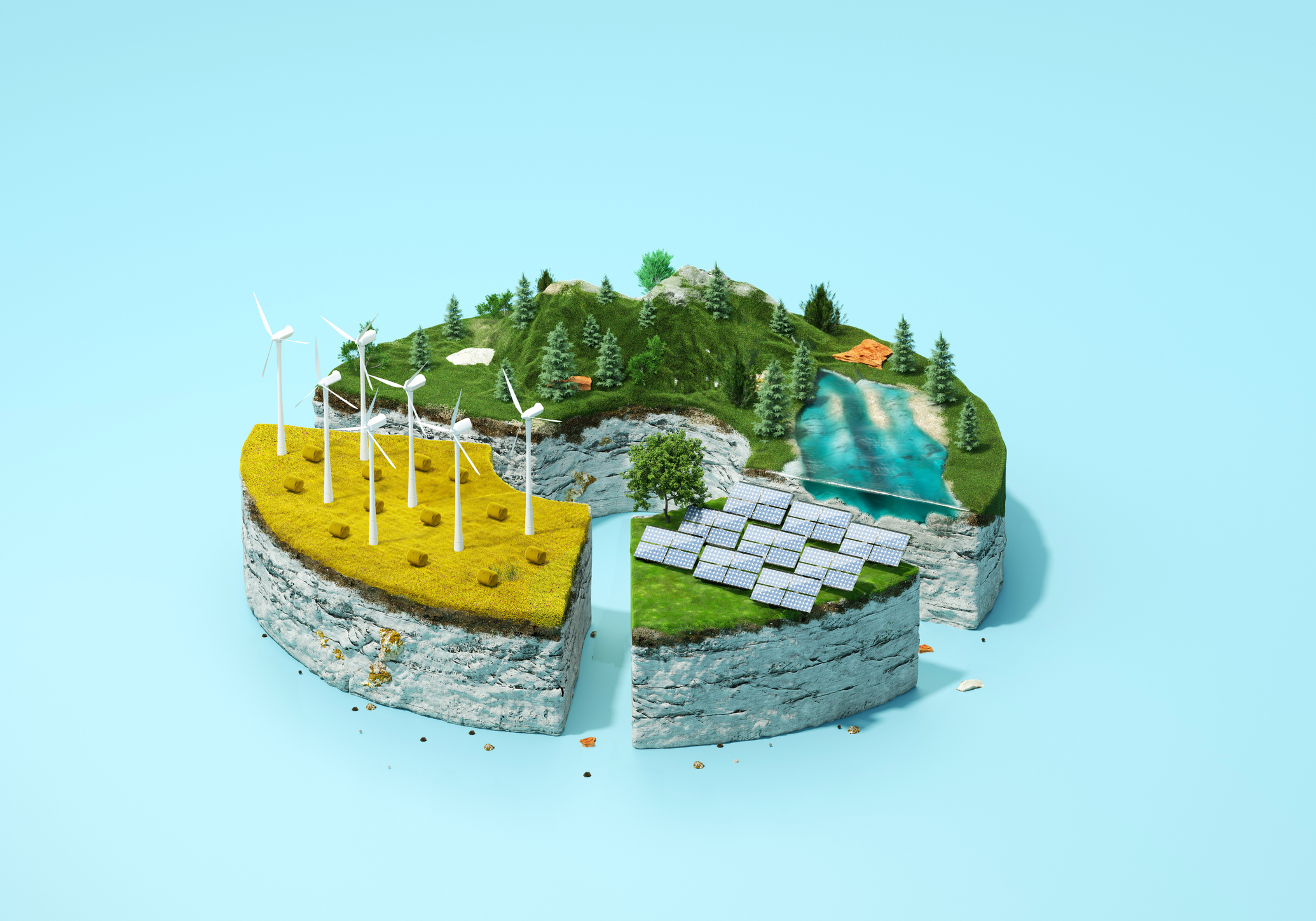Green Energy: Parliamentary committee calls on NSW to prepare for coal-to-renewables transition

Picture: Andriy Onufriyenko/Moment Collection via Getty Images.
Report recommends path for energy transition in NSW
An independent led parliamentary inquiry in New South Wales has called on the State Government to exclude forest biomass from its definition of renewable energy, and begin work on a transition plan for the State’s electricity grid as soon as possible.
A wide-ranging report released two years since the start of the inquiry (chaired by independent MP Alex Greenwich) also called on the NSW Government to prioritise sustainable technologies like batteries and improve transmission infrastructure for grid renewables.
The committee also called for a well-planned and orderly shift from coal to ensure the transition to renewables did not leave economic and social impacts in coal-reliant communities like the Hunter Valley.
“Longstanding coal communities, like those in the Hunter and Illawarra regions, have powered our state for a long time,” Greenwich said.
“Lack of planning and economic diversification by government has delayed the energy transition, at a great cost to their health, and the environment. We must start planning now for our energy transition, to ensure no-one is left behind.”
Among the recommendations is to remove native forest biomass from the State’s definitions of renewable energy and make such biomass to energy projects ineligible for renewable energy credits.
“There is significant debate around the world about the impact of forest biomass,” the report stated.
“However, we heard there is ongoing concern from communities, advocates and scientists.”
“They argued that because forest biomass isn’t a renewable source of energy and produces significant carbon emissions, the ‘loophole’ classifying it as a renewable energy source should be removed.”
Biomass is regarded by a number of major bodies as a key source of sustainable energy, although there is a large degree of scientific and community debate about the use of forest biomass in the process.
That includes by the International Energy Agency and ARENA. The Australian Government is developing a roadmap to identify the sector’s role in the energy transition.
It contributes around 5% of Australia’s clean energy generation, compared to round 7% in other OECD countries.
How clean is blue hydrogen?
Governments are showing increasing support for “technology” driven approaches to reducing greenhouse gas emissions and hydrogen is one of the most prominent solutions touted to target heavy industries that are difficult to decarbonise.
Many proponents are quick to make a distinction between the colours of hydrogen.
Green, produced by sending an electrical pulse supplied by renewable energy like wind or solar to split water into hydrogen and oxygen, grey, produced from gas using steam methane reforming and blue, produced from gas but using carbon capture technology to reduce emissions.
Researchers from the USA’s Cornell and Stanford Universities, supported by liberal philanthropic fund the Park Foundation, have questioned just how large the emissions reductions from ‘blue hydrogen’ will be.
Methane emissions could mean total GHG emissions would actually be 20% higher than buring natural gas for heat, professors Robert W. Howarth of Cornell and Mark Z. Jacobson of Stanford predict.
Blue hydrogen is often seen not as an end point in itself but as a way to develop the infrastructure and market for hydrogen as renewable-based technologies become economically and technically viable.
There have been pushes across the UK, USA and Australia to encourage more research into the technology, particularly carbon capture and storage.
Controversial recent changes by Energy Minister Angus Taylor and the Morrison Government to the Australian Renewable Energy Agency’s remit were passed a couple weeks ago that would enable the funding body to support projects on the Feds’ low emissions technology roadmap, including carbon capture and storage and blue hydrogen.
Related Topics

UNLOCK INSIGHTS
Discover the untold stories of emerging ASX stocks.
Daily news and expert analysis, it's free to subscribe.
By proceeding, you confirm you understand that we handle personal information in accordance with our Privacy Policy.








